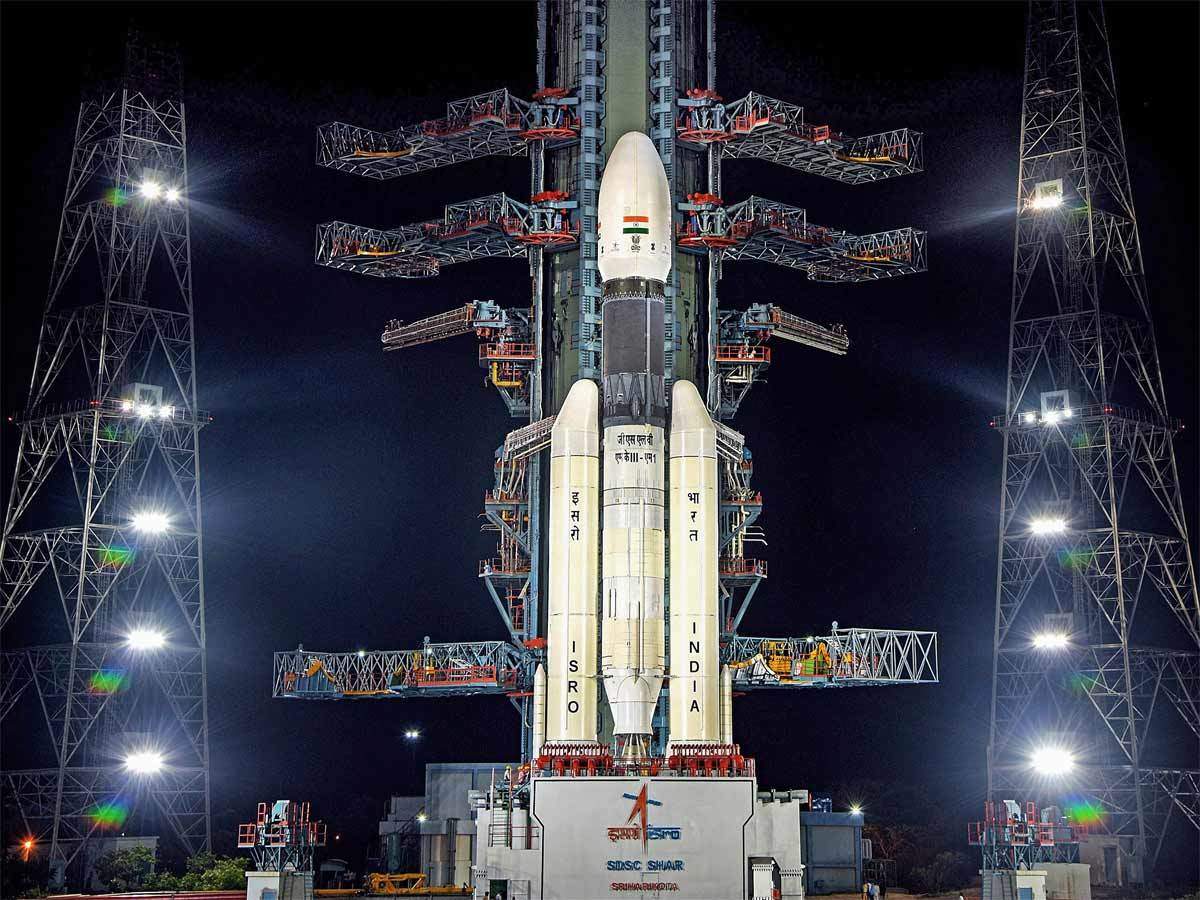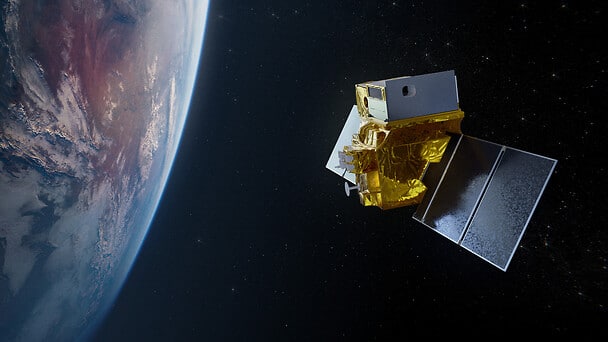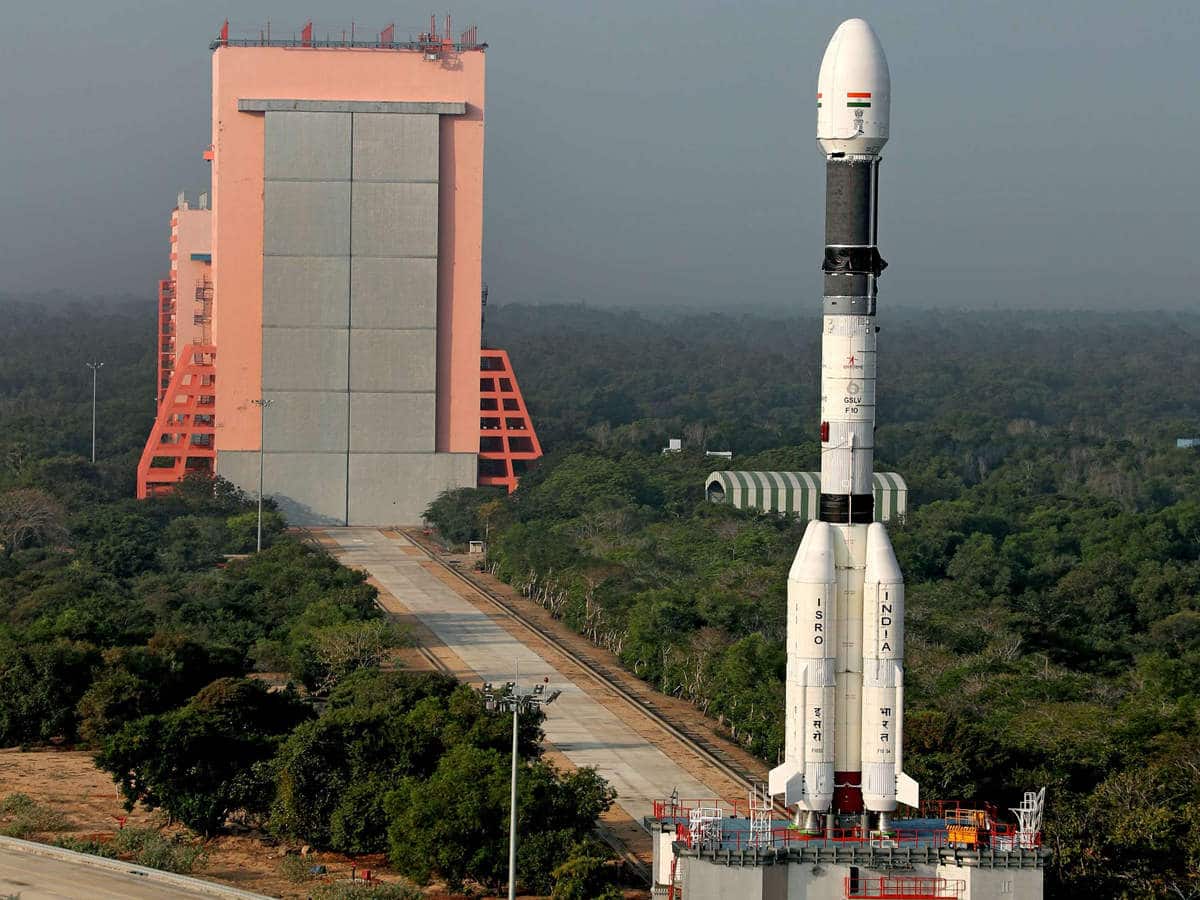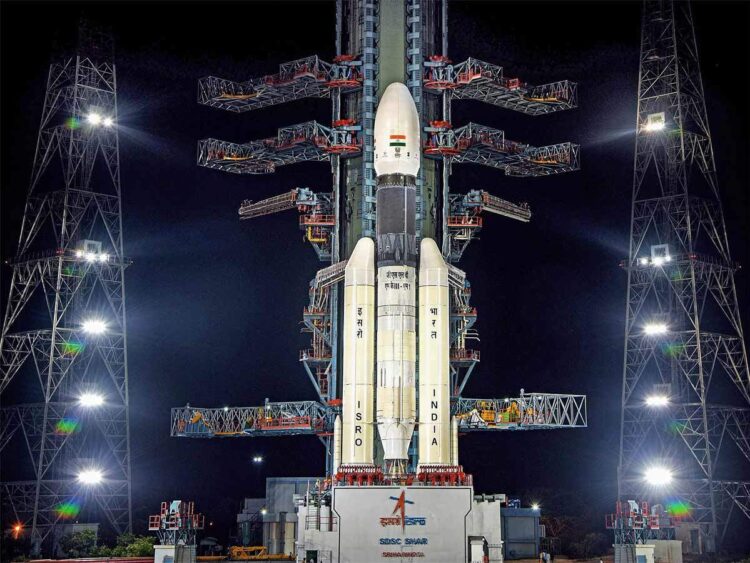Gaganyaan, India’s most ambitious space project, has begun testing, and the Indian Space & Research Organization (Isro) hopes to launch the first unmanned mission this year. In his new year address, Isro chairman K Sivan stated that teams are working on testing the Vikas engine, cryogenic stage, and crew escape mechanism for the flight.
“The human-rated L110 Vikas engine, cryogenic stage, crew escape system motors, and service module propulsion system are all being tested. The S200 motor has also been built for the ground test. The main parachute drop test has also begun “Sivan said that astronauts had finished their general spaceflight training in Russia and that the Indian leg had begun.

“There is a mandate to launch the first unmanned mission before India’s 75th anniversary of independence, and all parties are working hard to achieve the deadline. I am certain that we will be able to reach this goal, “Sivan said.
OUTLINES FOR 2022:
Aside from preparing Gaganyaan, Isro has numerous missions that will take flight in 2022. According to the chairman of Isro, Earth Observation Satellites (EOS) 4 and 6 would be launched on PSLV alongside the Small Satellite Launch Vehicles inaugural mission (SSLV).
Meanwhile, the hardware loop test for the Aditya L1 mission, India’s spacecraft to the Sun, has been completed, accommodation studies for XpoSat in SSLV have been completed, and the space agency has given the S-band SAR payload to NASA for the Nisar mission.
“We also have Chandrayaan-03, Aditya Ll, XpoSat, IRNSS, and technological demonstration missions with advanced indigenously created technologies on board,” stated Sivan. Sivan stated that the Indian space program’s decadal strategy will support overall expansion in operational missions, launch services, research missions, technological demonstration missions, and new technology development efforts.

WHAT IS INSIDE THE PIPELINE?
While Isro is working on the Gaganyaan and Aditya L1 missions, scientists are also working on Disha, a twin aeronomy satellite mission, Venus, and ISRO CNES, a collaborative science mission TRISHNA. The TRISHNA mission, according to Sivan, is intended for the precise mapping of land surface temperatures. “This mission will set the standard for providing temperature data with the highest resolution and reproducibility anywhere in the world,” he added.

THE YEAR HAS PASSED:
Reflecting on all of Isro’s activities in 2021, Sivan stated that there is a sense that very little happened in Isro throughout 2021. This is mostly due to the smaller number of launches. He praised all of the scientists and engineers for creating and developing missions in the face of the blazing Covid-19 and subsequent lockdowns.
“We had two missions last year, one of which was a dedicated commercial mission by NSIL. The GSLV F-1O mission was aborted owing to a cryogenic stage anomaly. For this purpose, a national-level failure analysis committee was formed, and the group has identified the fundamental cause and made suggestions. Design improvements are being implemented to increase the robustness of the affected systems” In his message, Sivan stated.

He insisted that design improvements on Chandrayaan-3 had been implemented and that testing had progressed significantly. The mission might start as early as the middle of next year. Meanwhile, the Mars Orbiter Mission (Mangalyaan) and Astrosat continue to function normally.
Also Checkout: CES- A glimpse of the future
















